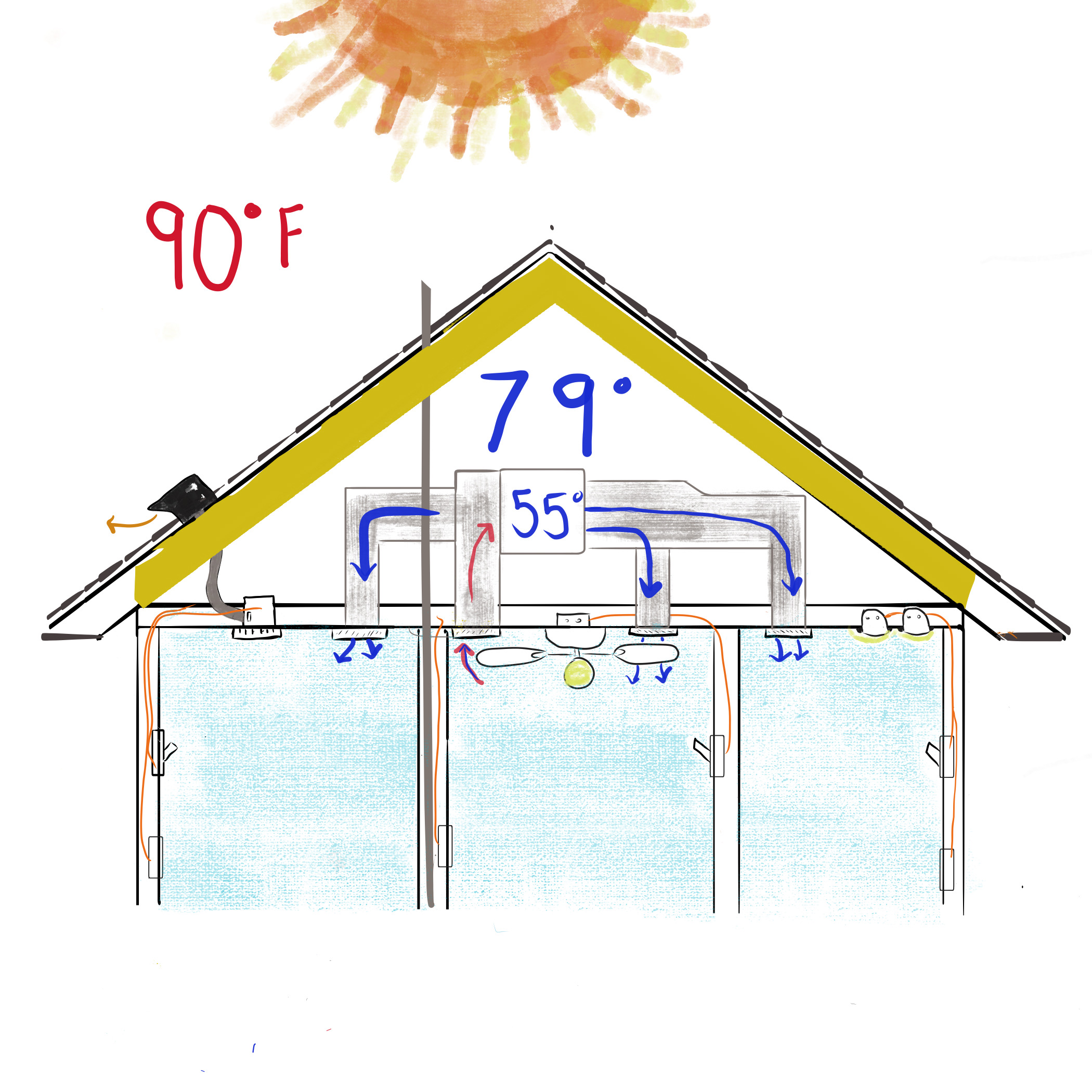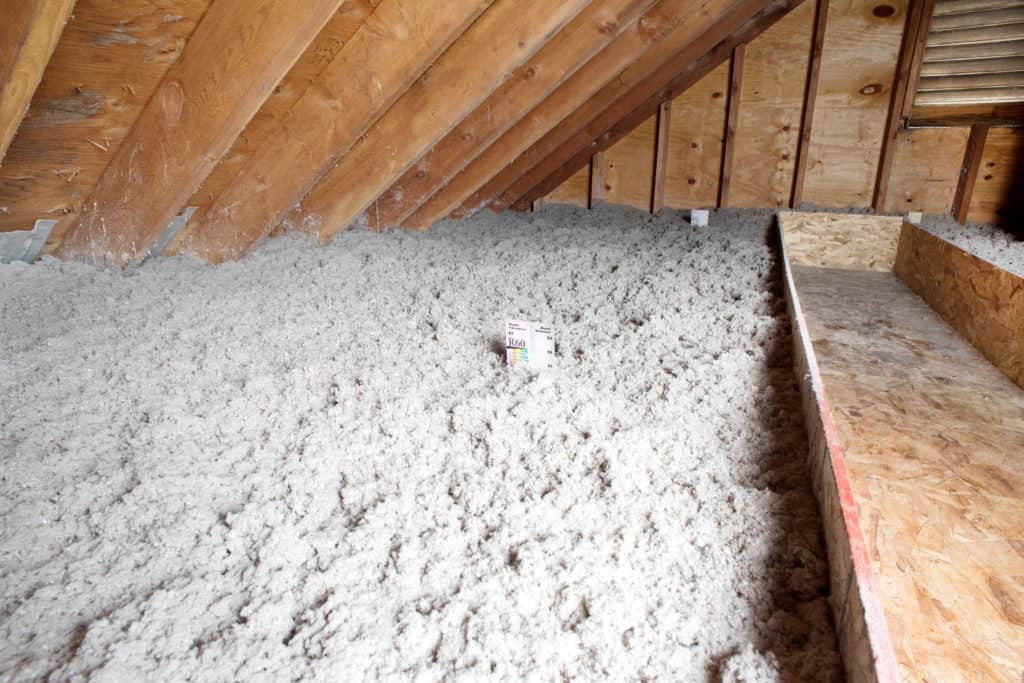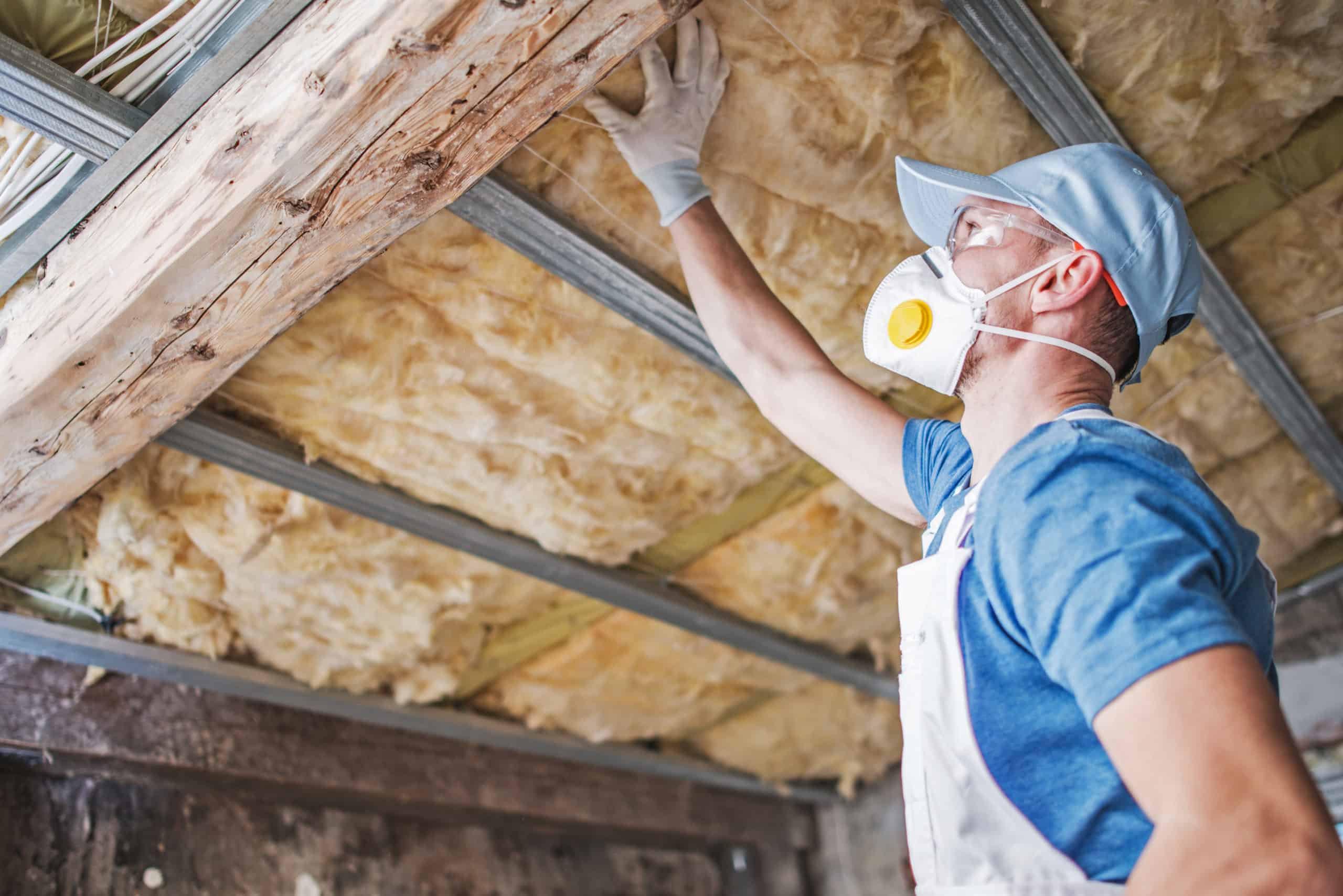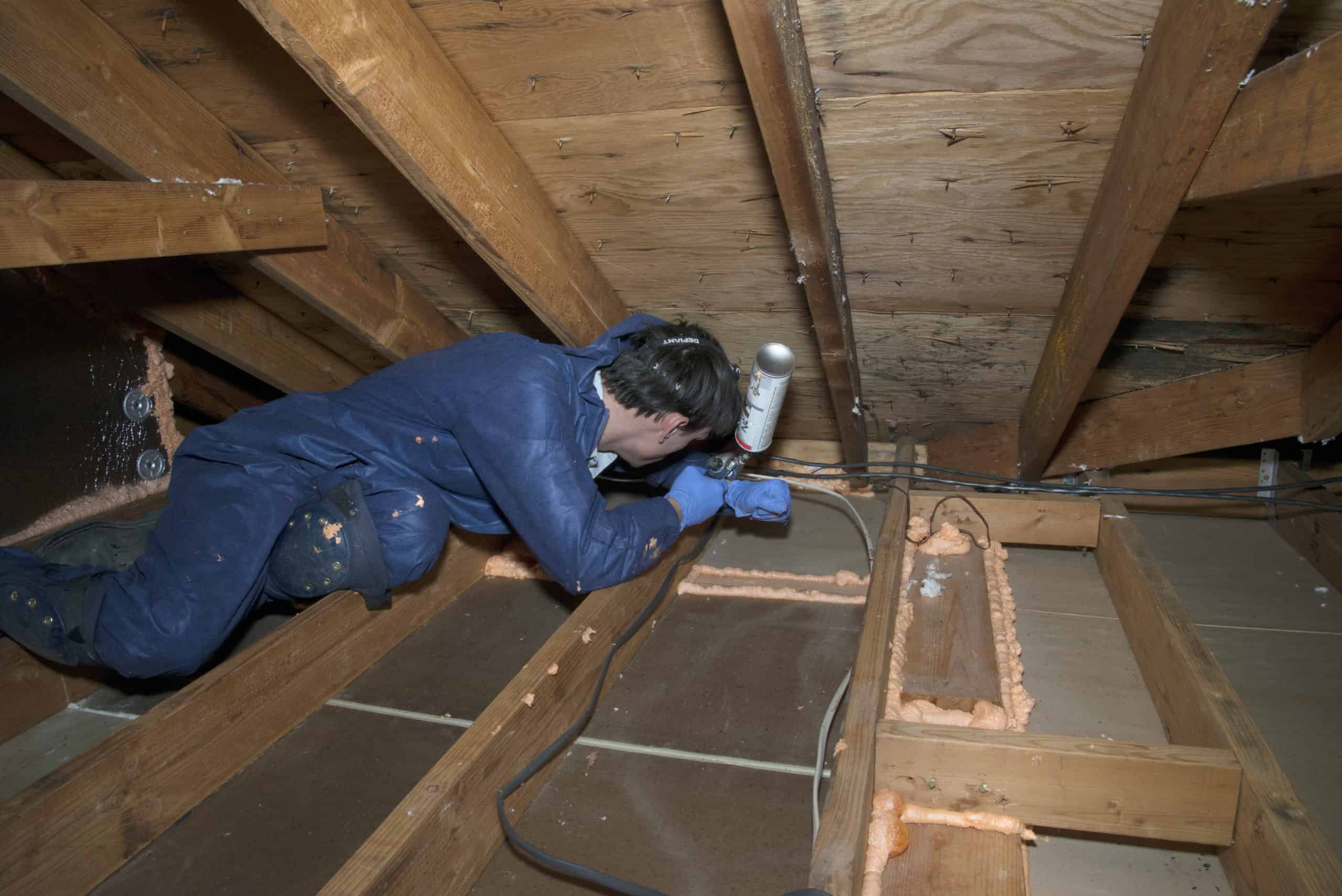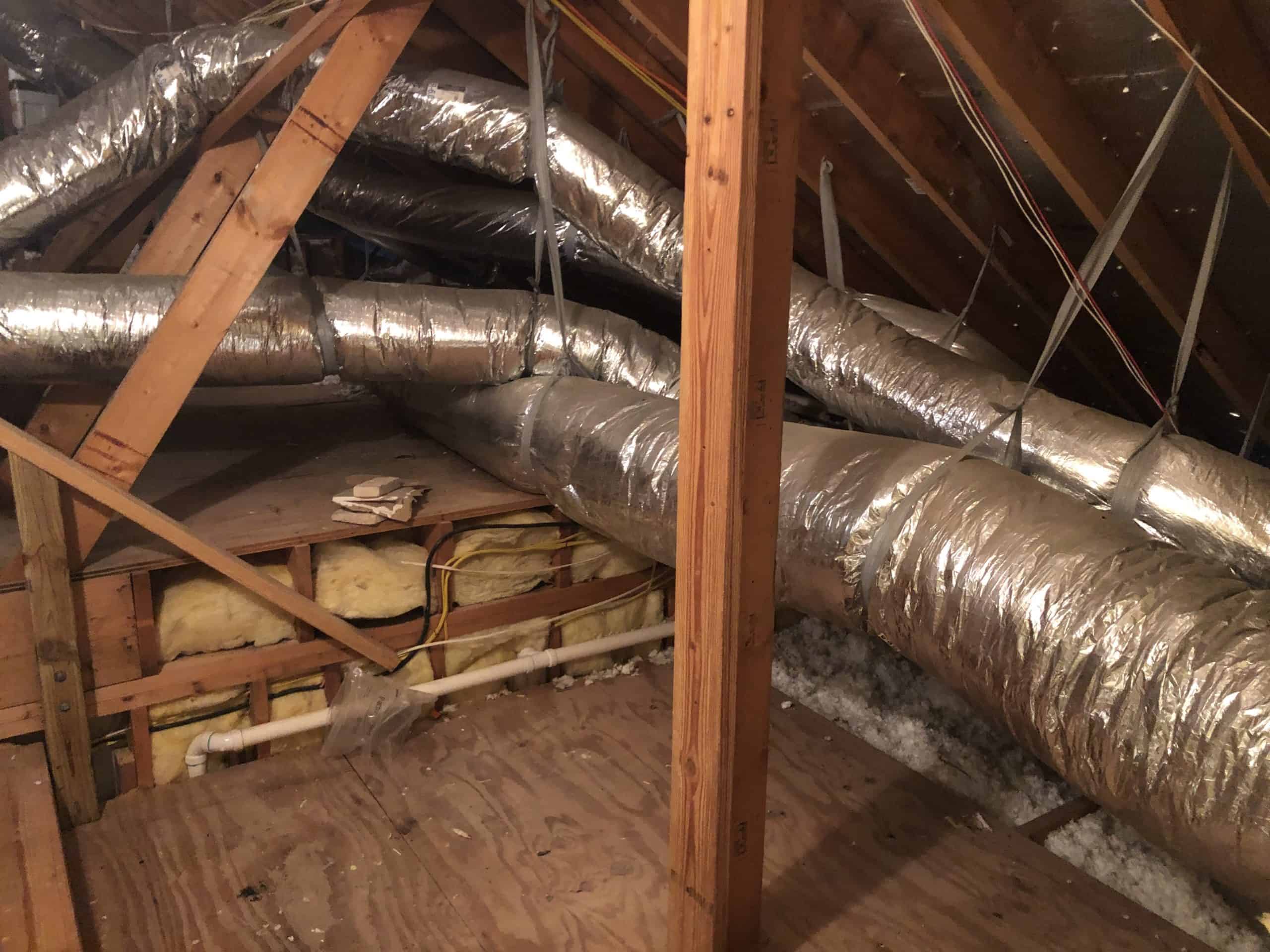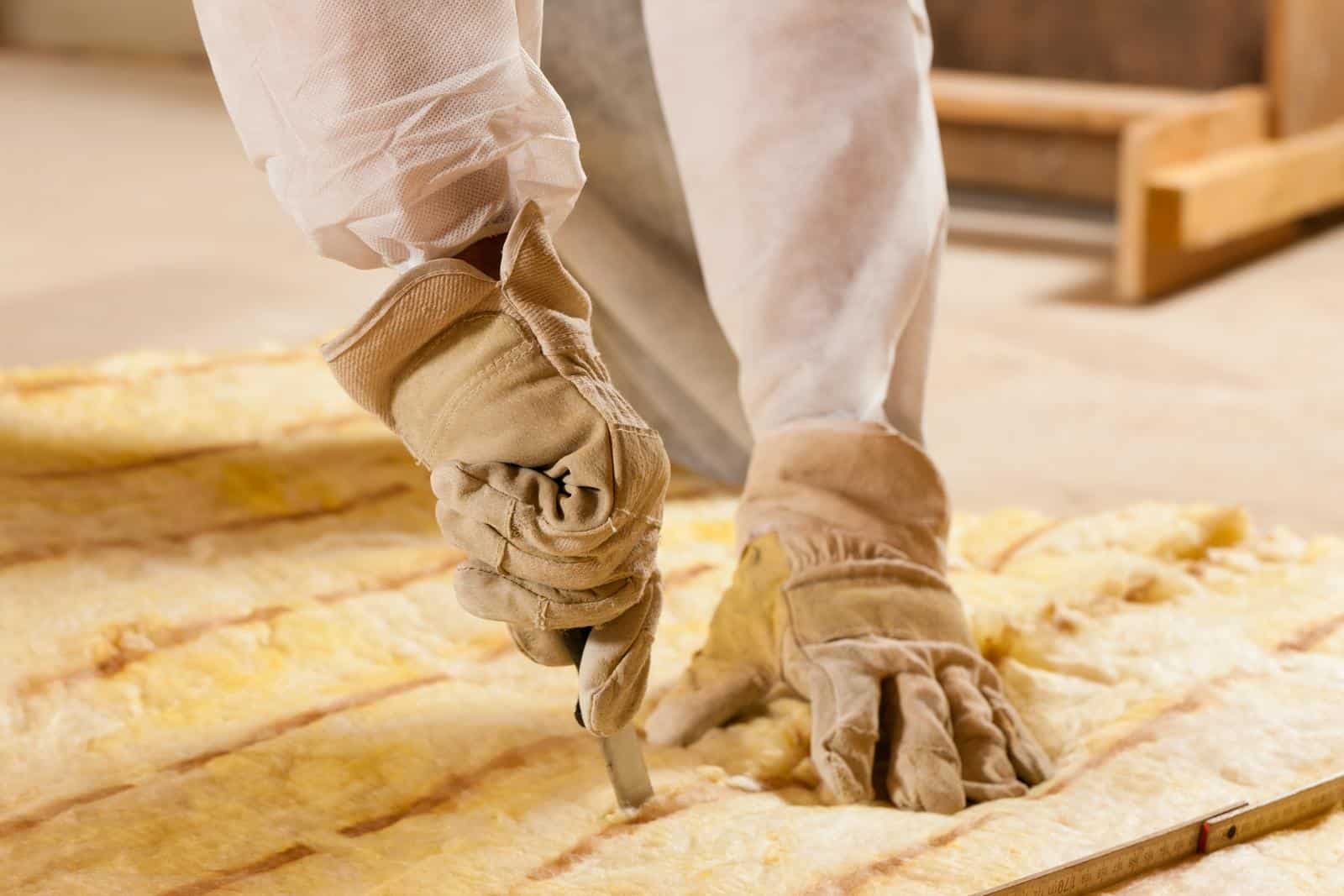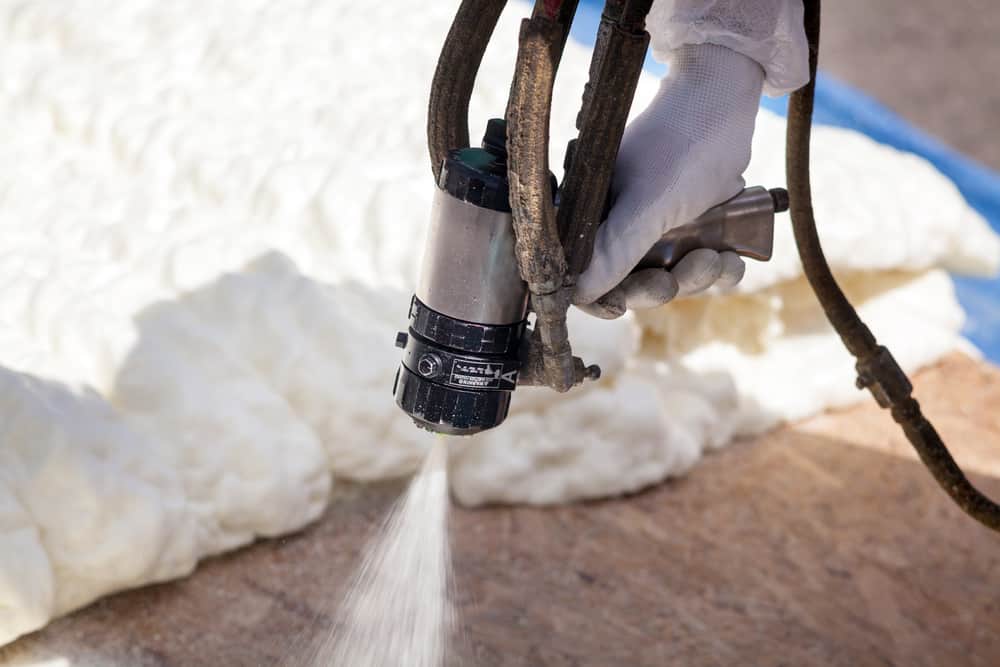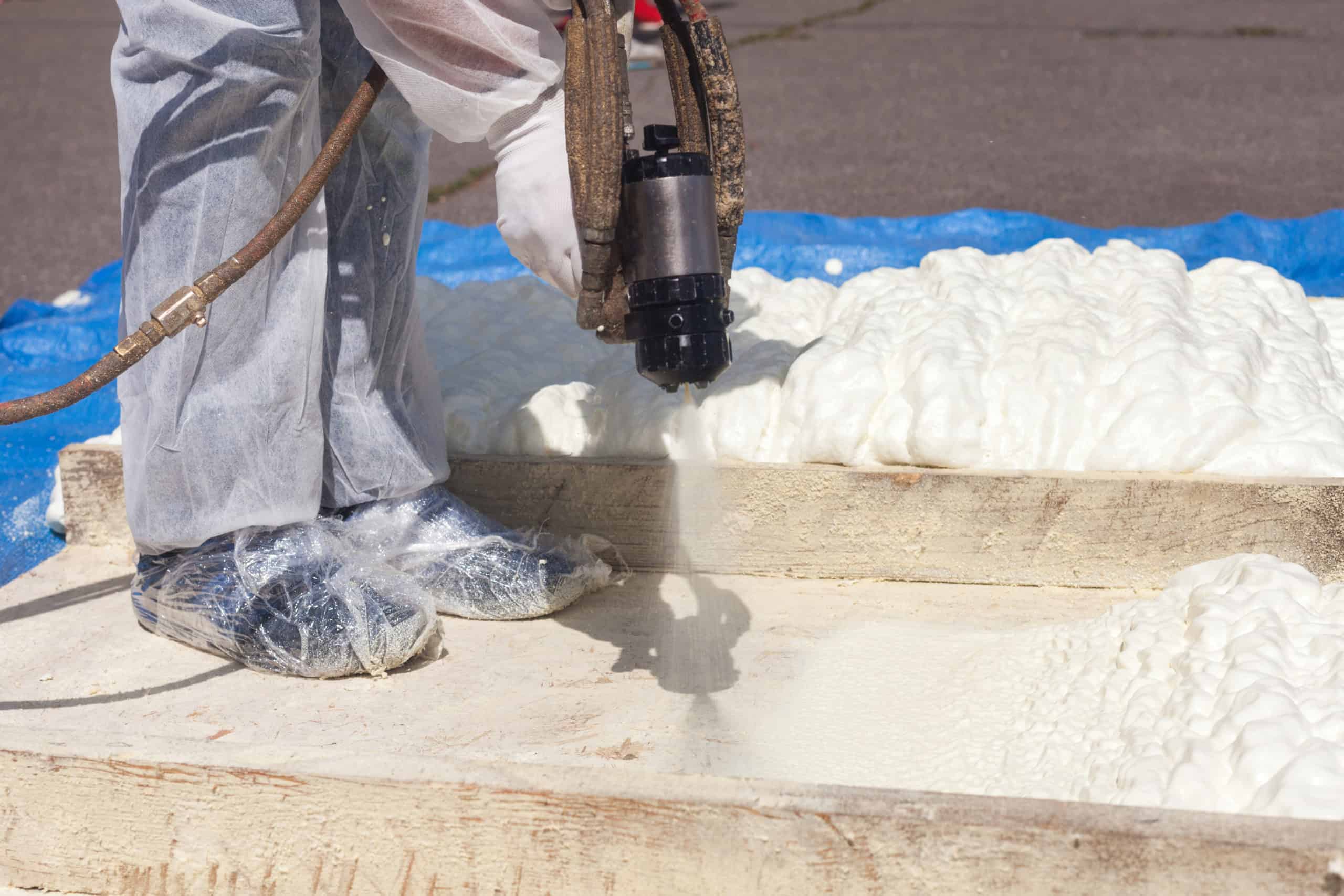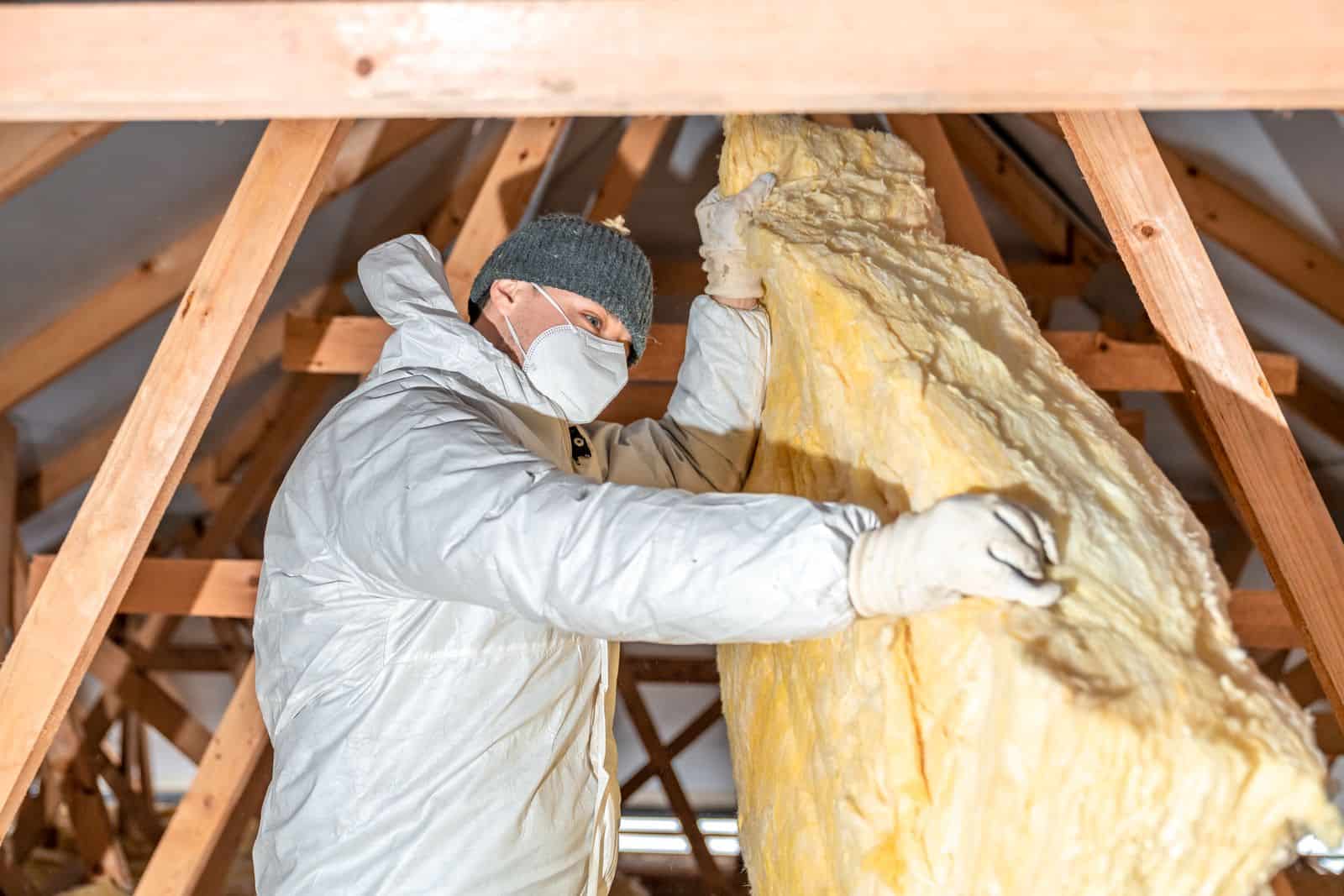Improving your business in Dallas by adding proper insulation is a smart way to achieve long-term savings and greater comfort. Materials like spray foam insulation offer a cost-effective solution to lowering energy expenses and creating a sustainable work environment. Keeping temperatures steady is especially important in the hot Texas climate. For more details on the best insulation options for your business, visit our spray foam insulation page.
Energy Efficiency Improvements
Reduced Energy Bills
Insulating your business can have a direct impact on reducing energy bills. Proper insulation reduces the amount of energy needed to heat or cool a building. This is especially important in Dallas, where extreme temperatures are common. By keeping your workspace cooler in the summer and warmer in the winter, insulation helps cut down on energy consumption. This means your HVAC system doesn’t have to work as hard, leading to lower energy bills throughout the year.
Enhanced Temperature Control
Insulation improves the overall comfort of your business by helping control indoor temperatures. In Dallas, where summers can be scorching, proper insulation helps keep your building cool by limiting heat from entering. In the winter, it helps maintain warmth by preventing heat from escaping. This creates a more comfortable environment for employees and customers. With better temperature control, your space will remain consistently comfortable, reducing the strain on your HVAC system and leading to a more pleasant indoor climate year-round.
Better Indoor Air Quality
Minimizing Pollutants
Proper insulation can help reduce the amount of pollutants that enter your business. Airborne particles, dust, and outdoor pollutants often find their way indoors through gaps in poorly insulated buildings. In a place like Dallas, where wind and dust are common, this can affect indoor air quality. Insulation acts as a barrier, keeping these contaminants outside and maintaining cleaner air inside. This creates a healthier environment for employees and customers, which can improve overall comfort and well-being.
Controlling Moisture Levels
Insulation plays an important role in managing moisture levels inside your business. By preventing outside air from entering, insulation helps control humidity and reduces the risk of mold growth. Dallas is known for its humid summers, and excess moisture can lead to long-term damage and health concerns if not controlled. With proper insulation, moisture is kept at bay, protecting your building and creating a more comfortable and safer indoor space.
Increased Comfort for Employees
Consistent Indoor Temperatures
Keeping a comfortable temperature inside your business is important for employee productivity and satisfaction. Proper insulation helps regulate indoor temperatures, preventing the building from getting too hot or too cold. In Dallas, where summers are extremely hot, insulation helps keep cool air in and heat out. This results in a comfortable work environment, making it easier for employees to focus on their tasks without feeling too warm or cold. A consistently comfortable workplace can also lead to improved morale and overall job satisfaction.
Noise Reduction Benefits
Insulation also provides the added benefit of reducing noise levels within the workspace. It acts as a barrier, limiting the amount of outside noise that enters the building. In busy areas of Dallas, this can make a big difference, especially if your business is located near traffic or construction. Insulation dampens the sound, creating a quieter, more peaceful environment for your employees. A quieter workspace allows employees to concentrate better and reduces distractions, which can lead to increased productivity and a more pleasant atmosphere.
Long-Term Cost Savings
Reduced HVAC Wear and Tear
Proper insulation can extend the life of your HVAC system by reducing the strain it endures. In a well-insulated building, the system doesn’t have to work as hard to maintain a stable temperature. This is especially important in Dallas, where the heat can cause air conditioners to run continuously. By lowering the demand on your HVAC unit, insulation helps prevent wear and tear, reducing the need for frequent repairs or early replacements. This can save your business a lot of money over time by preserving the longevity of your system.
Lower Maintenance Costs
Investing in insulation can also lower the overall maintenance costs of your building. With insulation keeping temperatures steady, your equipment and systems don’t face as much stress. This means fewer breakdowns and less frequent servicing. In Dallas, where extreme temperatures can lead to more wear on equipment, proper insulation acts as a protective measure. Over time, you’ll see fewer maintenance issues and a reduction in repair expenses, making it a cost-effective solution for your business in the long run.
Sustainable and Eco-Friendly Solutions
Lower Carbon Footprint
Installing proper insulation in your business helps reduce your overall energy consumption. This directly lowers your carbon footprint by reducing the amount of energy needed to heat or cool the building. In a city like Dallas, where air conditioning is frequently used, energy-efficient insulation plays a big role in lowering your environmental impact. By using less energy, your business contributes to a cleaner environment. Over time, this not only helps the planet but also aligns your business with sustainable practices that are becoming more valued by consumers.
Supporting Green Building Standards
Insulating your business can also support green building standards, which promote environmentally friendly construction and design. Many insulation options available today are made from sustainable materials that meet green certification requirements. In Dallas, where eco-friendly practices are gaining attention, businesses that focus on sustainability may find it easier to attract customers and partners. Complying with these standards can also offer long-term benefits, such as eligibility for tax incentives and rebates, making your business more competitive and environmentally responsible.
Boosting Property Value
Attracting Tenants and Buyers
Insulation can play a key role in making your property more attractive to potential tenants or buyers. A well-insulated building means lower energy costs, which is a big selling point for anyone looking to rent or purchase commercial space. In a hot climate like Dallas, potential tenants or buyers will appreciate the energy savings from insulation, knowing it helps keep the property cooler in the summer. By offering a more energy-efficient building, you make your property stand out in a competitive market, increasing its appeal and overall value.
Future-Proofing Your Building
Adding insulation helps prepare your property for the future. As energy costs continue to rise, having a well-insulated building will keep utility bills manageable, making the space more attractive to future buyers or tenants. Insulation also supports sustainability efforts, which are becoming more important in real estate markets. In Dallas, where energy efficiency is increasingly valued, properties with strong insulation may maintain their value better over time. This makes your building a smart investment for both the present and future.
How Insulating Your Business Leads to Success
Investing in proper insulation is more than just reducing energy costs. It provides long-term benefits that help your business thrive. With better indoor air quality, increased employee comfort, and sustainable practices, your building becomes a healthier and more efficient space. As you continue to grow your business, insulation helps protect your investment and boosts its overall value. The advantages are clear, and with the right approach, insulating your business in Dallas can lead to a prosperous and sustainable future.
